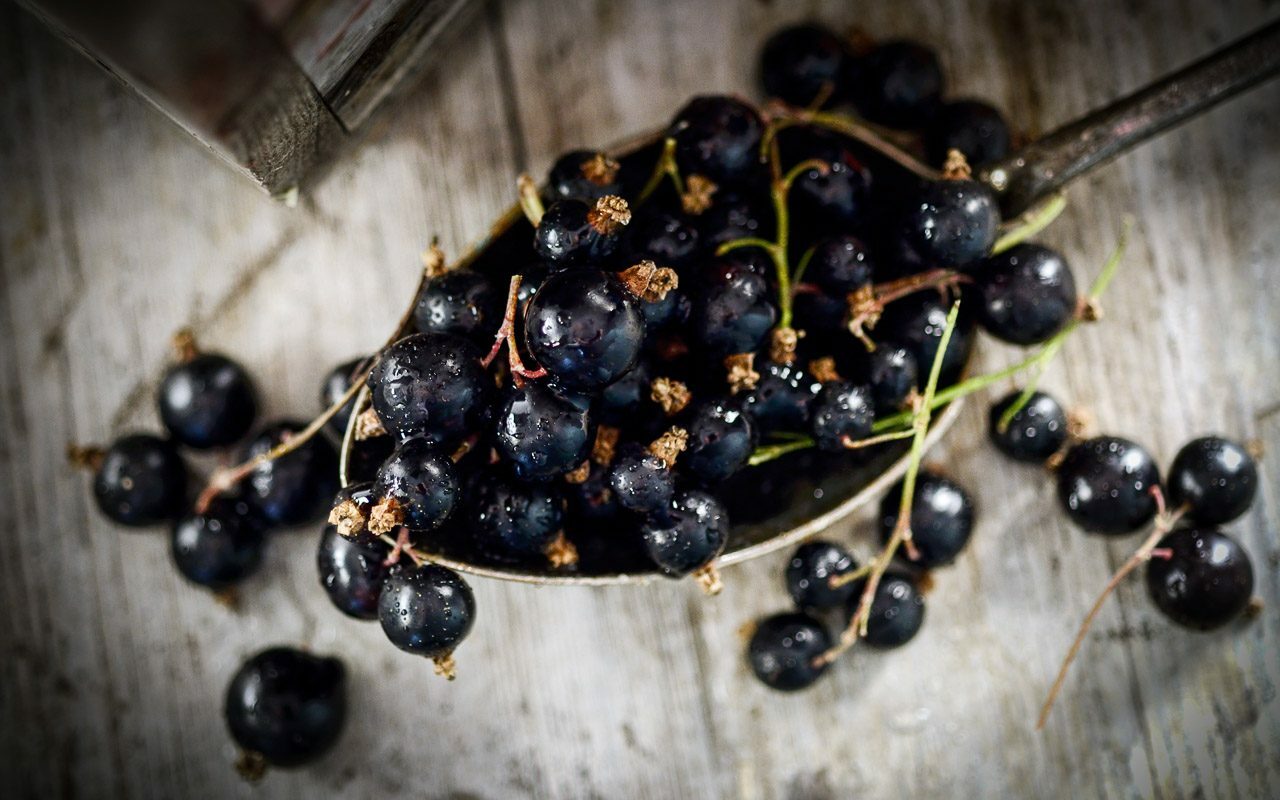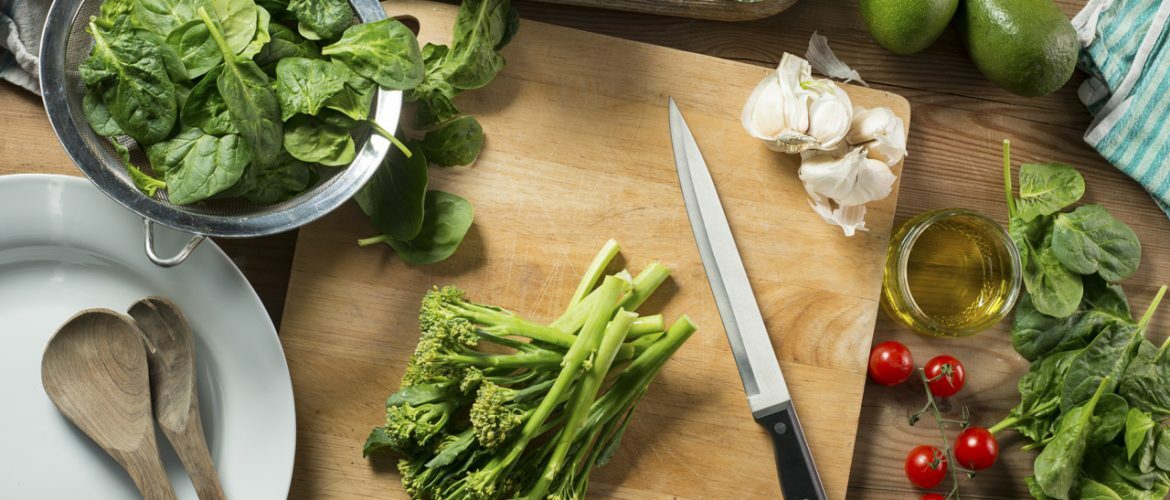
Improve Your Food Photography With These Simple But Stylish Props
Every great food photographer has their own particular way of doing things. Yet the recipe for stunning food photography will always include the same core ingredients: excellent photography skills, attractive lighting, and a truly delicious-looking subject.
However, there’s an equally important fourth element that’s often overlooked: food photography props. Indeed, props can make an enormous difference to the quality of a food photograph, transforming it from the mundane to the magical with a mere change of plate, the addition of a well-chosen napkin, or a scattering of poppy seeds.
Unfortunately though, for the uninitiated, a poor choice of prop can just as easily ruin the shot as save it. In this post we share some of our tips and tricks for working with food photography props to help you get your food photography shots looking top-notch right from the outset. We’ll also suggest some of the best places to track these items down.
How to choose the right food photography props
A professional food photographer looks upon props as visual elements or clues that help in telling a story. When you see a potential prop, consider what narratives or associations it conjures up in the mind. For example, if you’re going to shoot a simple, healthy dish (or at least one that needs to look simple and healthy), then props which help to suggest a farmhouse kitchen setting will likely be most appropriate. Or, if the look you’re going for is more contemporary, then simpler, cleaner, and less rustic-looking items will of course be more suitable.
However, before getting too carried away with the storytelling properties of props, it’s important to remember what the word prop really means: a support; a secondary item that assists a more important one, helping it to do its thing. This is key to how a food photographer should approach working with props. The food is always the star of the show – the prop is just there to help the star shine even brighter.
This being the case, any props you use must serve one single purpose only: enhance the attractiveness of the food. Props themselves should never be allowed to distract from or compete with the food in any way.
Clearly then, you will need to select any props you use very carefully. As a general rule, go for neutral-coloured, solid items that won’t interfere with the food. If the prop is more interesting than the dish you’re photographing, this is unlikely to result in a great photo.
Having said that, there will likely also be times when you’re called upon to make an uninspiring or very simple dish look much better than it actually is. In such cases, a more vibrant or unusual prop might be just what’s called for in order to bring the shot to life.
Take for example porridge: not the most interesting (looking) of dishes, right? In this case, a really strong-coloured or exceptionally attractive prop will help to add some much-needed beauty to what otherwise could be an extremely boring or unappetising shot.
Different kinds of food photography props
As you put together a collection of props, try to find the right balance between everyday workhorse items that you can use repeatedly from project to project (maybe 70% or 80% of your props?), and a few more unusual or outlandish objects that will likely not be called into action all that often, but might just save the day when the appropriate moment arises.
What follows are a few of our recommendations regarding both kinds of prop.
Backgrounds and work surfaces
A unique chopping board – say with characteristic wood grain, or some charming signs of wear and tear – can make for a great background to shoot on. A chopping board is particularly suited to showing the intermediate stages that go into prepping a dish: picture pastry being rolled out, with a dusting of flour.
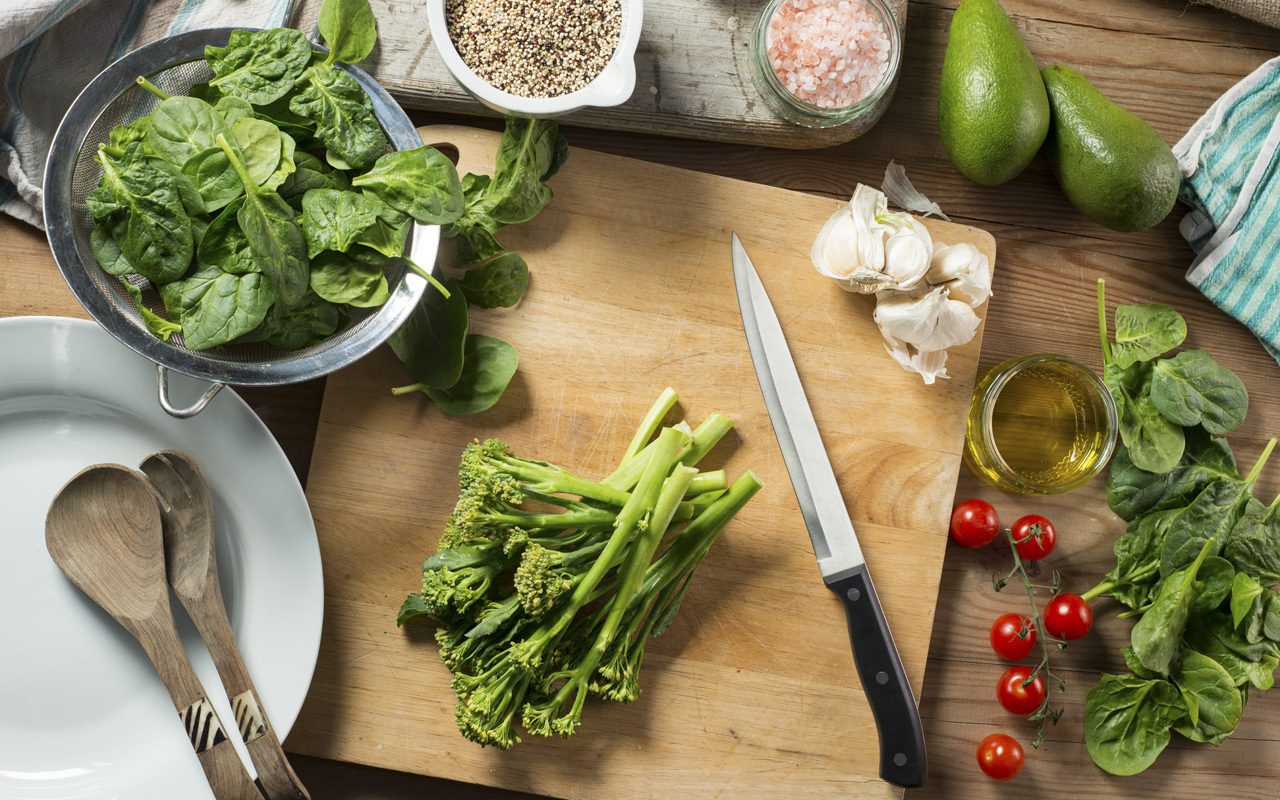
Marble, too, is a fantastic option to photograph against: simple and neutral, yet subtly patterned with its veins, marble adds a real touch of class to any shot.
Also consider tracking down some old beat-up doors, wood panels, wide planks etc. that have an interesting colour or texture that you could use to shoot on. In fact, pretty much any large flat item or surface that can be lain out as a table top is suitable as a food photography prop. Be on the lookout, too, for large tiles, blocks of concrete, slabs of stone, and other common construction materials.
Pans, plates, platters and dishes
Again, a simple wooden platter will add a nice rustic feel to a shot. And small slabs of marble or slate can also make great serving surfaces. Even a particularly flat stone from the beach or an interesting bit of volcanic rock can come in handy.
As seen in the shot above, metal too can add a really nice wholesome country feel to food photography when used right. For example, try to track down some nicely distressed old pans and baking trays, as these are useful staples to have to hand for many shoots. You’ll also want to acquire a good selection of transparent mugs, glasses and bowls, for when you need to show all the different layers of a food or drink item in the shot.
Hopefully you’ve already started building up an extensive collection of unique plates and bowls. Select them for their unusual colour, or interesting subtle design, or their pleasing texture. Everything from rustic earth-fired dishes to elegant antique chinaware can have its place in a food photograph. Even a simple white dish can be look fantastic when combined with other props and a contrastingly-coloured food item.
Cutlery and utensils
Everything from vintage silverware to wooden spoons, and even minimalist contemporary cutlery can all have its place in food photography. Beyond simple table cutlery, also keep your eyes peeled for unusual kitchen utensils and other items such as a pestle and mortar, a hand-grinder, a vintage grater, or even a beat-up old serving spoon.
Seasonings and ingredients
Sometimes extra food items that are not part of the main dish can also be added to the shot as props, giving an extra touch of culinary charm to an otherwise standard or lifeless set-up. Try adding a few “casually” placed spices and seasonings such as whole peppercorns, rock salt, mustard seeds, chilli flakes, or nutmeg; or add sprigs of fresh parsley, coriander and mint; alternatively scatter a few coffee beans, nuts, or sunflower seeds, etc. Similarly, a dusting of flour, sugar or other powdered foodstuff can really help to get viewers salivating.
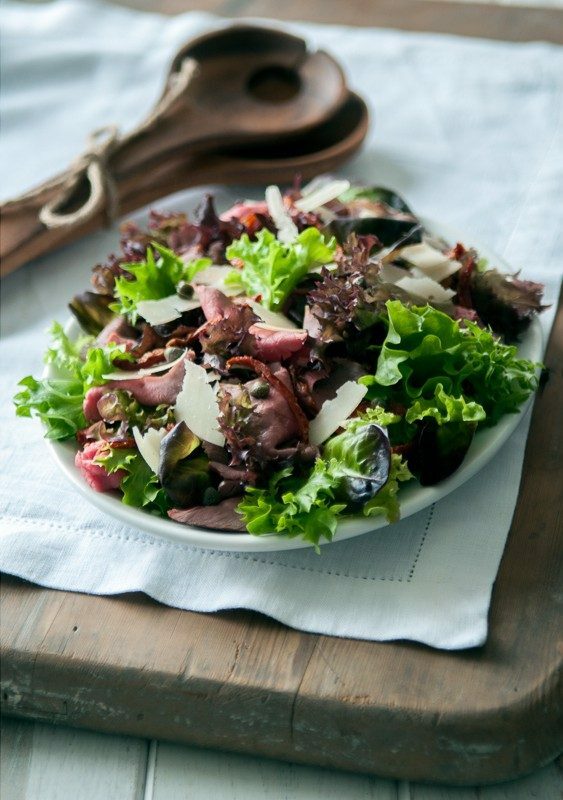
Obviously, the key to success with this technique is to only add food items as props that have some connection to the main dish being photographed: a bunch of spring onions next to a mug of coffee isn’t likely to set too many mouths watering.
Fabrics
Table linens such as a table cloth, tea towel and napkins etc. impart an image with some extra textural variation and interest. They can also help to suggest a story, which is a big part of the food photographer’s job.
As we said earlier, most of the time you’ll want to keep your props fairly neutral so that the food remains the real hero, so generally white or neutral linens work best. Occasionally however, it can be great to add a really bright colored or strongly patterned napkin or cloth to a shot to bring it alive. Imagine a radish- or beetroot-based dish on a simple earthenware plate, against a deep slate background, and with an indigo-dyed Japanese ikat napkin on the side: rich, bold and instantly appealing.
Also keep a look out for more unusual textures and fibres, such as hessian/burlap. With it’s rough and raw look, hessian can add a touch of rustic wholesomeness to a scene and is of course particularly well suited to shooting coffee and related items.
Paper
For photos with a strong graphic look that “pop”, use brightly-coloured craft paper as a backdrop. Conversely, simple brown sugar paper or wrapping paper can make a great placemat or overall neutral background for displaying the food on. It also helps to create a really nice down-to-earth and unpretentious feel for the shot.
When shooting smoothies and other drinks, paper straws in interesting colors can add a nice touch to the image. Although paper straws may not be the most practical choice of material for drinking with – as they tend to go soggy after a while – they generally look a lot more appealing in a photo than plastic ones do, and they come in a variety of colours and patterns.
Where to buy food photography props
If you are a professional photographer, your overheads are probably quite high, and so any extra equipment purchases usually have to be considered very carefully and fully justified from a financial perspective before laying the money out on the table. Food photography props are the exception to this rule however, and if you’re somewhat resourceful they can generally be picked up very cheaply from a variety of sources.
In fact, if you regularly shoot food photography, you should always be on the lookout for interesting props whenever you are out and about. Trawl antique- and flea-markets, keep a regular check on eBay, rummage through charity shops and car-boot sales. Even supermarkets can often have affordable, simple basics that will work for food photography.
Unlike with regular studio photography, successful food photography requires becoming inventive and throwing photographic convention to the wind: buy fabric from local textile shops; reclaimed floorboards from a builder’s yard ; get yourself some sample floor tiles; check out craft shops to see what other materials they stock that you might use in an original way. To a certain extent, your food photography will only be as unique and inventive as you are in sourcing your props.
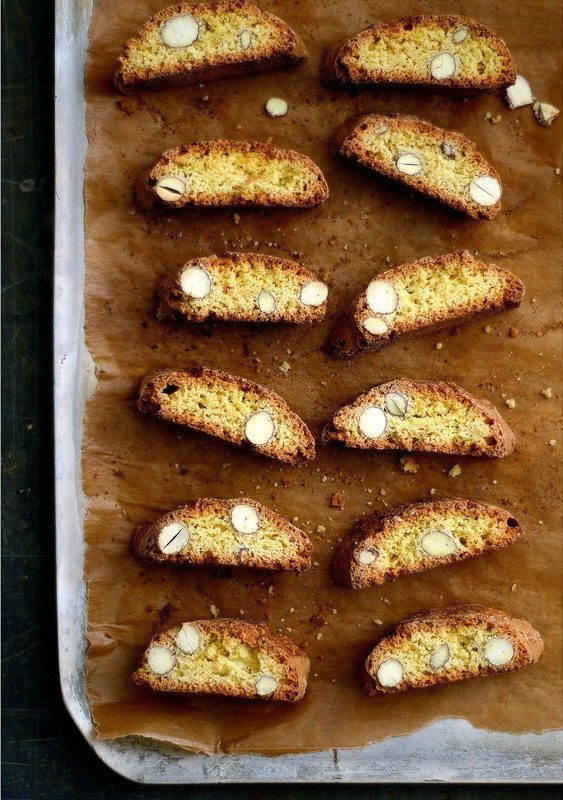
Are you planning a shoot? If you’d like to talk to us about how we can help you with your food photography shoot please contact us.

